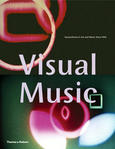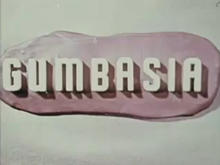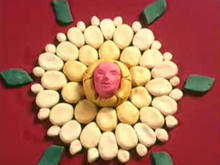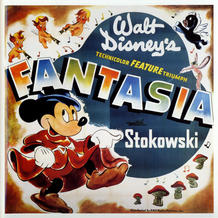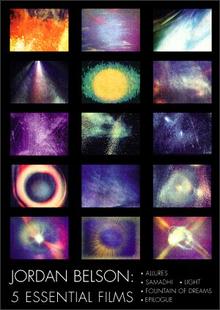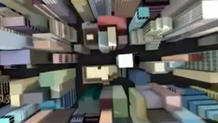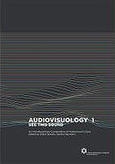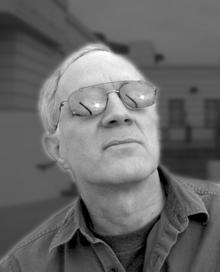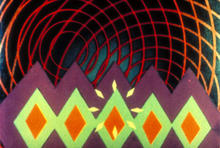Art Clokey
(1921-2010) was a pioneer in the popularization of stop motion clay animation, beginning in 1955 with a film experiment called Gumbasia, influenced by his professor, Slavko Vorkapich, at the University of Southern California.
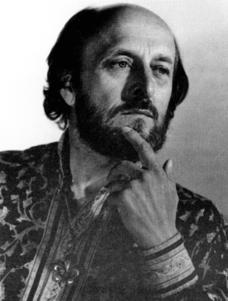
His birthname was Arthur C. Farrington. When Clokey was 9 years old, his parents divorced and he stayed with his father. After his father died in a car accident, he went to live with his mother in California, but was placed in a half-way house orphanage after one year because his stepfather did not want him around. At age 12, he was adopted by Joseph W. Clokey, a classical music composer and organist who taught music at Pomona College in Claremont, California, and who encouraged young Arthur's artistic inclinations. The aesthetic environment later became the home of Clokey's most famous character, Gumby, whose name derives from his childhood experiences during summer visits to his grandfather's farm, when he enjoyed playing with the clay and mud mixture called gumbo.
At Webb School in Claremont, young Clokey came under the influence of teacher Ray Alf, who took students on expeditions digging for fossils and learning about the world around them. Clokey later studied geology at Pomona College, before leaving Pomona in 1943 to enter World War II. He graduated from his adoptive father's alma mater, Miami University, in 1948.
Art Clokey also made a few highly experimental and visually inventive short clay animation films for adults, including his first film Gumbasia, the visually rich Mandala — described by Clokey as a metaphor for evolving human consciousness — and the equally bizarre The Clay Peacock, an elaboration on the animated NBC logo of the time. These films have only recently become available and are included in the Rhino box-set release of Gumby's television shorts.
His student film Gumbasia (1955), consisting of animated clay shapes contorting to a jazz score, so intrigued Samuel G. Engel, then president of the Motion Pictures Producers Association, that he financed the pilot film for what became Art Clokey's The Gumby Show (1957). The title Gumbasia is an homage to Walt Disney's Fantasia.
Clokey is credited with the clay-animation title sequence for the beach movie Dr. Goldfoot and the Bikini Machine (1965), starring Vincent Price and Frankie Avalon. His son, Joe Clokey, continued the Davey and Goliath cartoon in 2004. In March 2007, KQED-TV broadcast an hour-long documentary "Gumby Dharma" as part of their Truly CA series.
Source: Wikipedia
